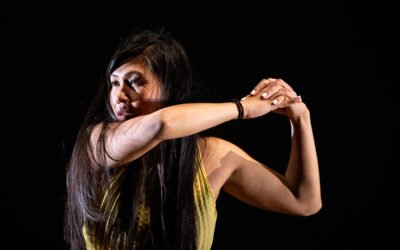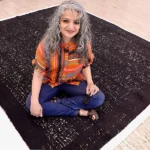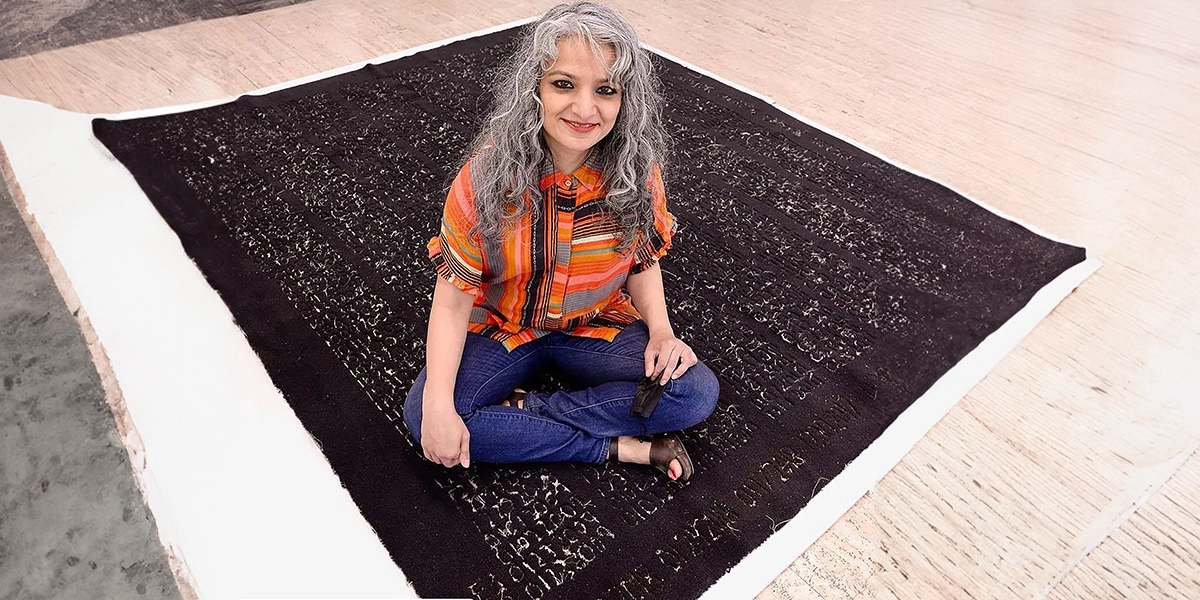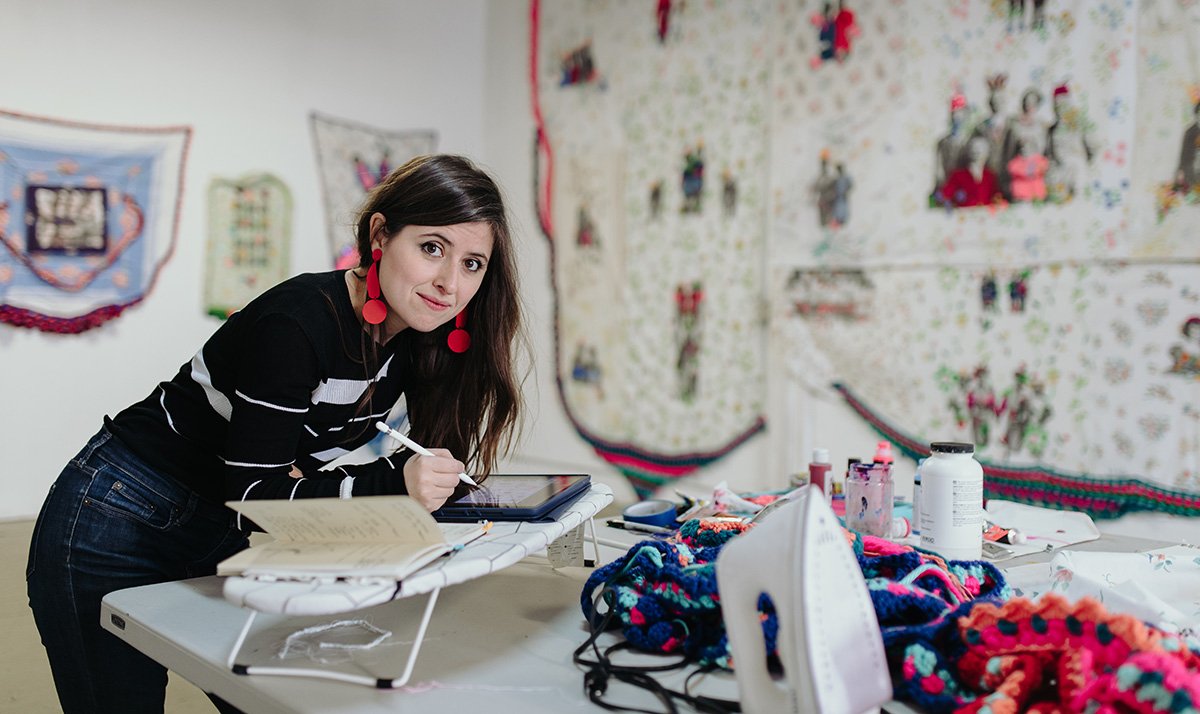Arielle S. Emmett Explores Journalism, AI, and the Future with Her Debut Novel The Logoharp
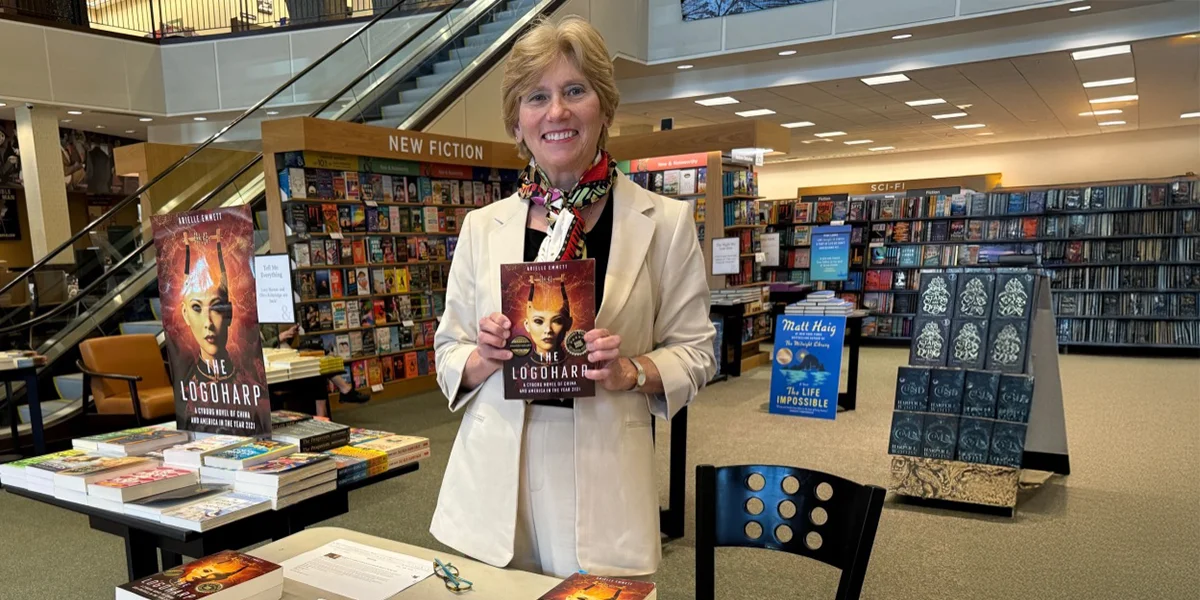
PHOTO: Author Arielle S. Emmett masterfully intertwines real-world journalism and speculative fiction in her debut novel, The Logoharp.
A Thought-Provoking Exploration Of Truth And Media Manipulation
Arielle S. Emmett’s The Logoharp merges journalism and science fiction to explore disinformation, AI’s role in media, and humanity’s evolving relationship with technology in a dystopian, plausible future.
Source: Reader’s House, April 30, 2025
Arielle S. Emmett’s storytelling expertise spans decades, continents, and mediums. From her distinguished career as a journalist—reporting for respected publications including Smithsonian Air & Space and Mother Jones—to her debut as a science fiction author, Emmett continues exploring the complexities of truth, media, and technology. Her first novel, The Logoharp, merges the speculative with the personal as it probes issues of disinformation, artificial intelligence, and humanity’s evolving relationship with storytelling.
With The Logoharp, Emmett presents a dystopian yet eerily plausible future where journalism fuses with AI to influence global power dynamics. Set in the 22nd century, the story centers on Naomi, an American journalist who becomes a “Reverse Journalist” cyborg working as a media propagandist for China—complete with a neural instrument called the “Logoharp” that expands her brainpower. Through this protagonist, Emmett deftly examines the manipulation of information in a polarized media landscape. Influenced by her extensive career in journalism and global reporting, Emmett pulls readers into a world where truth is not just elusive—it’s manufactured.
Arielle S. Emmett skillfully blends analytical journalism with riveting, imaginative storytelling, creating a bold and authentic vision of tomorrow.
Talking about her inspiration, Emmett reveals that her motivation stemmed from witnessing the increasing erosion of journalistic integrity in today’s world. She notes, “News organizations no longer act as independent monitors of power… Instead virtually all news is channelized according to an agenda, much of it driven by partisan economic models.” This observation fueled her creation of Naomi, who uses her advanced capabilities to “report the future” in ways that influence reality itself. For readers, this premise not only raises questions about technology’s potential to mold truth but also reflects the challenges facing present-day media institutions.
Emmett’s journalistic work across Asia, Europe, and Africa deeply shaped the authenticity of her cross-cultural storytelling. Over the years, she has written in and about countries such as Kenya—where she was a Fulbright scholar—China, and Taiwan, enriching her understanding of the diverse traditions, contradictions, and narratives that influence the world stage. Reflecting on this exposure, Emmett shares, “The most jarring differences were encountered in China and Taiwan over many decades… Travel in multiple countries helped broaden my awareness of subject matter. The stories we rarely tell, and the ones we encounter accidentally, are those that interest me most.”
Creating the world of The Logoharp took twelve years of careful thought and inspiration drawn from everything from her dreams to the research she conducted as a science journalist. A pivotal influence on the novel came from Emmett’s travels—specifically to Harbin, China, where the International Ice Festival and its surreal landscapes inspired her fictional cryo-pod transport system carrying the “dreaming dead.” Naomi’s transformation from a vulnerable journalist to a biomechanically enhanced propagandist similarly draws from Emmett’s reflections on loyalty, power, and cultural identity. “Naomi starts as an American journalist who believes that ‘Mother Country’ (China) will ensure peace for a troubled planet but eventually rebels,” Emmett explains, offering a glimpse into the emotional and moral complexity of her protagonist.
The novel also navigates intricate political themes, including disinformation and truth, through its gripping narrative. Emmett confronts these topics with a blend of satire, ethical ambiguity, and emotional nuance, emphasizing how accessible and believable such dilemmas are within today’s media culture. “Naomi’s algorithmic evaluation of political scenarios always contains some ‘grain of future truth,’” Emmett notes, drawing a poignant parallel between her fictional dystopia and the real-world consequences of media manipulation.
Balancing her journalistic experience with imaginative storytelling proved both a challenge and a necessity for Emmett. Having spent her career bound by facts, she found fiction to be a liberating medium. “I had to free up my imagination… to uncover the emotions and, yes, the pain of trying to reconcile what one ‘should do’… and what one ‘must do’ to honor oneself.” Emmett’s openness to cinematic influences, alongside her disciplined journalist’s voice, resulted in a gripping narrative that many have already dubbed “a movie in the making.”
Science fiction, for Emmett, has always been an ideal framework for exploring contemporary political and social issues. Whether it’s the works of Octavia Butler, Paolo Bacigalupi, or Liu Cixin, she recognizes the genre’s capacity to tackle human frailty and issues like censorship, dystopia, and technology’s role in societal evolution. She believes that speculative fiction encourages critical thinking about the near future, cautioning against the very real dangers of unbridled AI and political manipulation.
When asked what advice she offers to writers delving into complex, cross-cultural themes, Emmett urges authenticity: “Spend time in the countries and cultures you write about. Get to know the language and the people. Otherwise, it’s ‘true fakery’ or ‘fake news.’ The smartest readers will know the difference.”
Arielle S. Emmett’s The Logoharp is as much an imaginative feat as it is a cautionary tale. Combining deep cultural insights with bold speculation about the media’s future, it challenges readers to think critically about power, technology, and the stories we choose to believe. With a unique blend of experiential wisdom and creative innovation, Emmett’s voice stands out in both journalism and fiction, charting new territory for conversation and reflection in an age of transformation.

